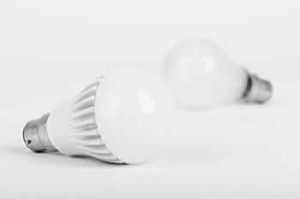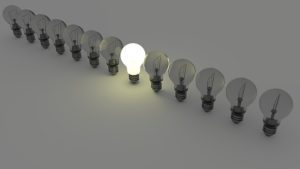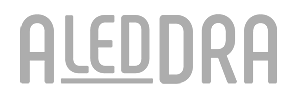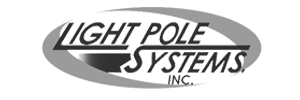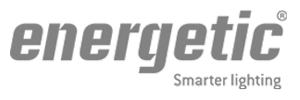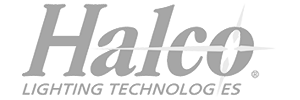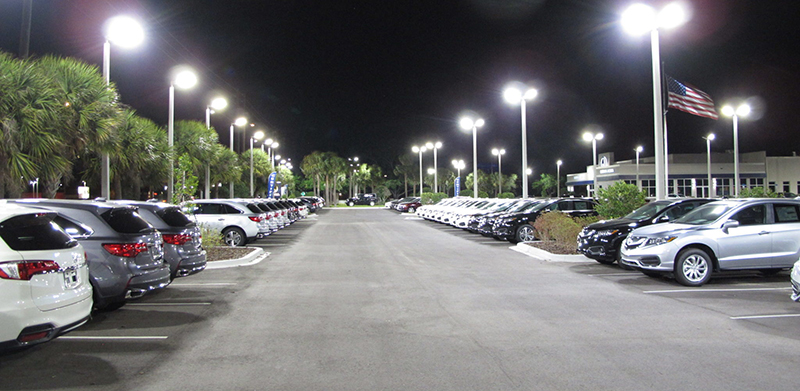
Designing a lighting scheme for your commercial or industrial facility can be an overwhelming undertaking. Not only is there potentially a lot of money on the line, but there is also a lot of science and data that need to be taken into consideration. Then there’s the notion that it’s not a science at all, but rather, an art, and that is perhaps even more intimidating.
The basic fundamentals of industrial lighting are not as frightening as that. By paying attention to these 4 key features, it is possible to at least have a jumping off point for your industrial lighting plan. Whether you are planning a new facility or renovating an old one, here’s what you need to know:
Ideal Lighting Levels
The type of facility that you are working with is going to be the biggest determining factor in how much light you are going to need. Industrial manufacturers, for instance, have to pay attention to strict task-based guidelines for the amount of visibility required in their facilities.
But the amount of light you need in production areas is going to differ from the visibility required in other areas, like offices, waiting areas, bathrooms, and hallways. This is why it is necessary to take a whole-building approach to your lighting plan, outlining your needs room-by-room.
The benefits of having adequate lighting are manifold, but the two “biggies” are reduced workplace accidents and increased productivity. It doesn’t matter what kind of industrial operation you’re running … those are some pretty attractive carrots.
Increased Lighting & Energy Efficiency
Every lighting fixture that you look at for your factory or warehouse is rated by lumen intensity per watt. In other words, this is a measure of exactly how much illumination is generated per watt of energy used. By knowing the lumen efficiency of every fixture and bulb in the proposed facility, it is possible to come up with a detailed estimate of your utilities cost.
Inefficient lighting not only wastes electricity inside the bulb, but it can also force your HVAC system to work harder. That’s because inefficient fluorescent or HID lighting systems convert a significant amount of electricity into heat. Your HVAC system has to go into overtime to balance out big hot-spots, which can rapidly decrease the lifespan of your equipment.
Overall Quality of Light / Illumination
There are two big issues that you need to look out for when it comes to lighting quality in an industrial or commercial setting. The first is glare, and the second is light pooling.
Glare is something that can happen with any lighting source, but it is far more common with fluorescent bulbs or poorly designed natural light sources. Glare can cause eye stress and severe headaches in a matter of minutes. If you have ever experienced a headache, you can probably guess what that does to a worker’s productivity.
Light Pooling occurs when a light source is poorly dispersed. This leads to a bright ‘pool’ of light that can be absolutely glaring. Investing in good LED lights is one way to ensure that you are getting a good level of light diffusion.
Designing Industrial Lighting Systems in Scottsdale
By paying attention to the amount, efficiency, and quality of your industrial light sources, it’s possible to increase savings and productivity at the same time. All it takes is a little research and some careful planning.


 Apartment Lighting
Apartment Lighting Area Lighting
Area Lighting Automotive Lighting
Automotive Lighting Building Wall Pack Lighting
Building Wall Pack Lighting Canopy Lighting
Canopy Lighting High & Low Bay Lighting
High & Low Bay Lighting Industrial Lighting
Industrial Lighting Parking Lots & Garages
Parking Lots & Garages Pathway Lighting
Pathway Lighting Retail Lighting
Retail Lighting Stairwell Lighting
Stairwell Lighting
